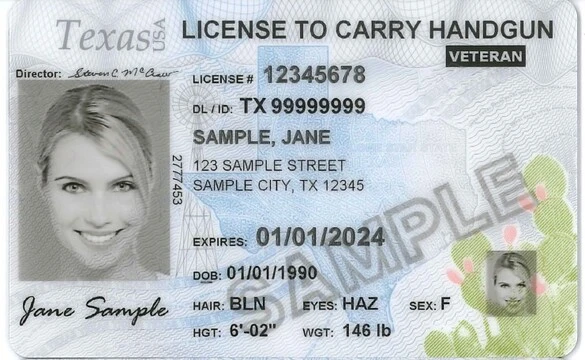If you are planning to get your Texas License to Carry (LTC) test, it is essential to have a basic understanding of firearms safety principles and guidelines. Knowing how to handle and store a firearm properly can prevent accidents and keep you and those around you safe. In this article, we will cover the fundamental principles of firearms safety and provide an overview of gun handling and storage best practices.
The Four Rules of Firearms Safety
The first and most important principle of firearms safety is to always treat any firearm as if it is loaded. This rule is often called the "Golden Rule" and is based on the assumption that an unloaded firearm can be loaded at any time. The second rule is to never point a firearm at anything you do not intend to shoot. The third rule is to keep your finger off the trigger until you are ready to shoot, and the fourth rule is to be sure of your target and what is beyond it.
Safety Equipment
Another important aspect of firearms safety is to use the proper safety equipment. This includes eye and ear protection, which can protect you from flying debris and loud noises. It is also important to wear clothing that is appropriate for the activity you are engaging in, such as long sleeves and pants for hunting or shooting at an outdoor range.
Know Your Firearm
Before handling any firearm, it is essential to know the type of firearm you are using, including how it operates, how to load and unload it, and how to check for malfunctions. This includes understanding the different parts of the firearm and how they work together. You should also familiarize yourself with the specific model of the firearm you will be using, including any special features or modifications.
Gun Handling Best Practices
Proper gun handling is critical to ensuring safety. Here are some best practices to keep in mind:
- Always keep your finger off the trigger until you are ready to shoot.
- Point the firearm in a safe direction, such as downrange, when not in use.
- Always unload the firearm before cleaning, storing, or transporting it.
- Keep the firearm's safety engaged until you are ready to shoot.
- Use the proper ammunition for your firearm.
Gun Storage Best Practices
Proper gun storage is also essential to firearms safety. Here are some best practices for storing your firearm:
- Keep your firearm in a locked container when not in use.
- Store ammunition separately from the firearm.
- Keep the keys to the gun container in a secure location away from children and other unauthorized individuals.
- If you need to transport your firearm, be sure to do so safely and legally.
Additional Considerations
In addition to the above best practices, it is important to keep in mind the following considerations:
- Always follow local, state, and federal laws related to firearms ownership, storage, and use.
- If you have children in your home, teach them about firearms safety, including the importance of never touching a firearm without adult supervision.
- If you have a mental health condition or take medication that may impair your judgment, consult with a healthcare provider before handling firearms.
Conclusion
In conclusion, understanding firearms safety principles and guidelines is critical to ensuring safety when handling and storing firearms. By following the best practices outlined in this article, you can reduce the risk of accidents and promote safe firearms use. Remember to always treat any firearm as if it is loaded, use proper safety equipment, know your firearm, handle it safely, store it securely, and follow all applicable laws and regulations.




